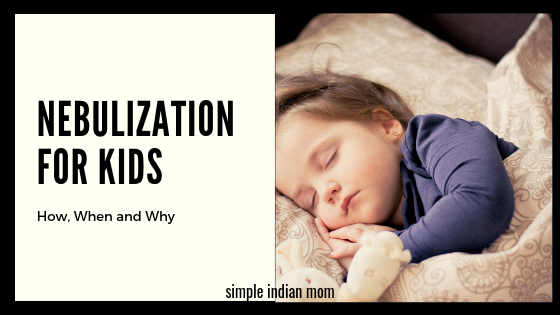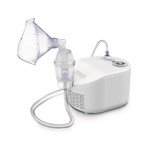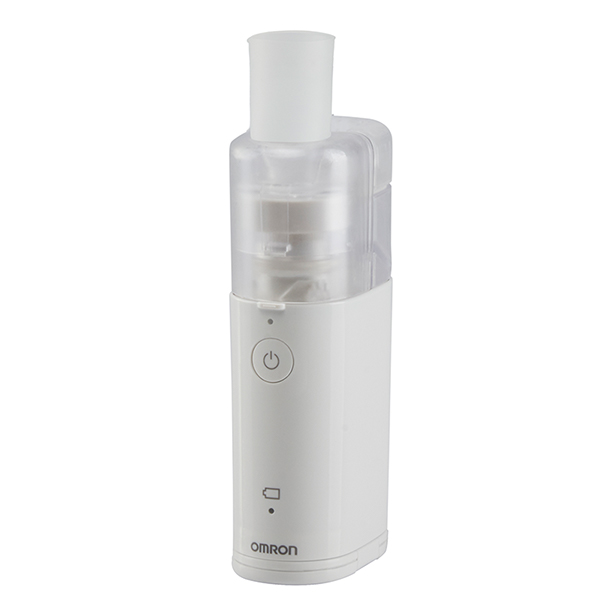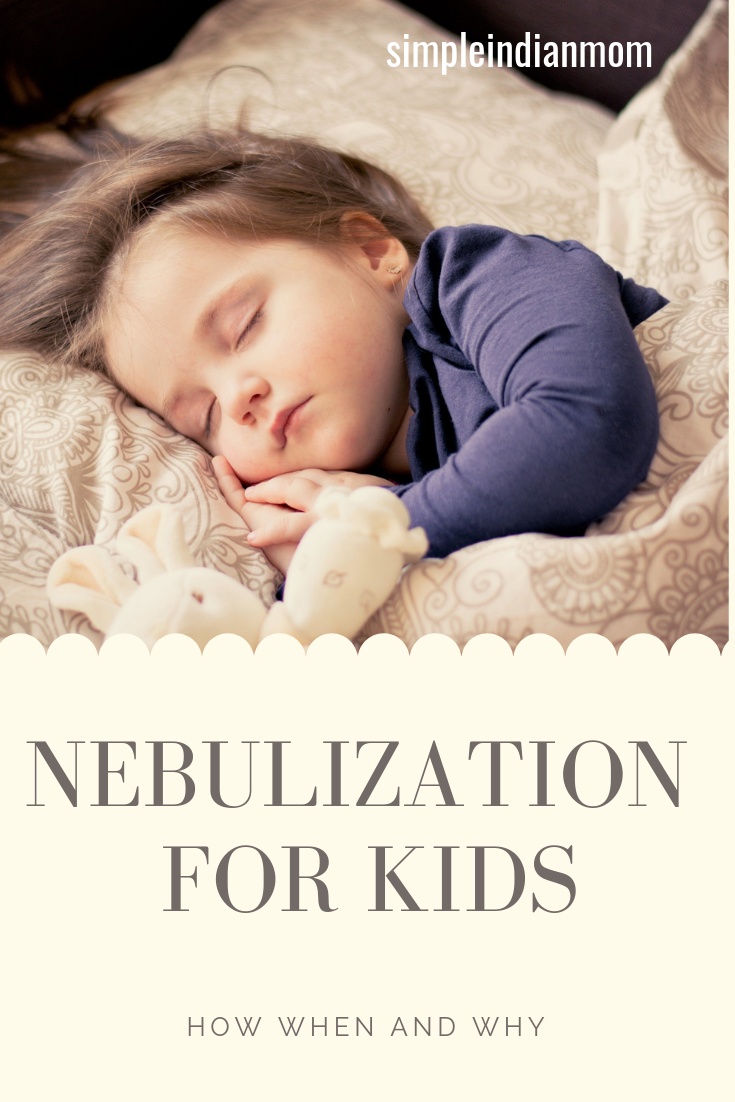
“He needs nebulization”, the words went over my head and I still couldn’t register what was exactly told to me. “Ma’am, it’s a very common process and you do not have to look so worried”, he explained.
My younger son was having cough and cold. He was just one year old at the time and his nose seemed to be clogged all the time. We had just moved to a new place and little did we think of the pollution that was around us and the new home we shifted to.
The smoggy situation in India these days makes it almost impossible to keep your children unexposed to dust particles and allergens in air. And, you know very well how much I take care of my children; I keep them as innocuous as the standard goes. However I did oversee the fact that there are more of these particles within the house than that present on the outside.
A recent research has rightly pointed out that due to the cooking residues to paints, varnishes and fungal spores, the air we breathe indoors is often more polluted than that outside. This indoor air is what we – especially moms and small children inhale mostly and this – is more polluted than the outdoor air.
Yes! I do know that it sounds quite overwhelming, however, this is what had caused the allergic rhinitis to my son and I had to check out on options of nebulization.
What Is Nebulization?
Nebulization is a method of converting a medicine or solution into an aerosol, which is inhaled directly into the lungs.
Now, the first thing that occurred to me was, couldn’t we just give the medicine in some other way to my child, since he was so tiny, aren’t there those pills or inhalers that seem so easy to be administered?

So, as usual, I went around searching for answers to my quests. Well, with pollution on the rise, respiratory complications such as asthma, COPD and allergic rhinitis are becoming more and more common these days.
One would think that taking a syrup or pill would just be enough. However, little do we know that these drugs prescribed for respiratory diseases need to be delivered to the lower respiratory tract where the actual infection/disease condition lies, and hence, taking medicine in a form of a syrup/pill might not be enough, the need to direct the medicine deep inside the respiratory system through a nebulizer or an inhaler are better options.
Inhalers might seem like an easy option, however there are 2 issues using them.
- Inhalers need to be synchronised with pressing the knob and inhaling the medicine – will my one year child be able to do any of this? Well, of course not.
- The particle size of the medicine in the inhaler is larger and needs to be forcefully pushed into your respiratory system immediately after you inhale or else, the drug may stay in your mouth – which again is quite a task not only for small children but, for adults too.
And hence, I found nebulizers to be the better option and of course you must know that my paediatrician suggested the same.
The Nebulization Routine
So I started getting my child nebulized at the hospital.
Now, again there was this problem – I had to visit the hospital to get my kiddo nebulized every day for almost two weeks, the first time I squeezed in my time (I postponed many of my writing assignments). It took a hell lot of time, I had to travel all the way to the hospital, wait till my slot, check on the machine to find if it is sterilised from earlier use (this is what scared me most) and then wait for another 10 minutes for the procedure to be over and then run back home.
The next time he got the allergy I simply had to find a way to reduce the time spent on travel as well as be away from the nebulizer that was used on patients who might have some kind of contagious chronic respiratory diseases.
So I started checking if I can buy a nebuliser and administer the drug at home.
Well, kudos! I didn’t have to search much at all – there were just so many different kinds of nebulizers available both online and offline. Now, when something is available all over the place you need to find the one that is the best for your child and the one that would not cause further harm right? That exactly became my next quest.
Nebulizers – Availability, Regulations and Quality

Did you know that Nebulizers fall under those categories of medical equipment which had broader regulatory conditions or rather I would say – are less regulated?
So, it turns out that when you check for buying a nebulizer online you would be bombarded with options. And, when I checked what was the difference between them I found this – the quality.
The quality of nebulizers are not standardised as other medical equipment such as the BP monitor. And this makes it easy for players to make substandard equipment and sell them at low rates. However, there are very few companies that actually make sure they stick to quality and the one I found to be the best and safe for my kid was the one developed by Omron Healthcare.
Why Omron Nebulizers?
Basically, while using a nebulizer you are supposed to place the mask of the nebulizer closely to your kid’s face (near the nose and mouth area) for around 7 to 10 minutes.
This mask (even in many of the popular brands) is made using phthalate as a binding agent. Phthalate triggers hormonal imbalance such as thyroid imbalance and is a cause of many respiratory diseases. If you check on side effects of phthalate you will see clearly that it is not advisable for children and lactating mothers.
Omron Nebulisers do not use phthalate as a binding agent and hence, they are safe to use for not only children and lactating mothers but everyone.
World Class Standard
Omron provides world-class quality through its centralized manufacturing plants in China, Japan, and Vietnam supplying across various countries i.e. entire APAC.
Particle Size
The particle size of the drug that enters your respiratory tract defines on how effectively it works on the infection there. The smaller the size the better is the delivery of the drug and its efficacy.The ideal range of particle size is between 2um to 4.5um.
Omron Nebulizers do precisely this – they provide the most apt particle size of the fumes and hence increase the efficacy to the maximum.
The most interesting thing about Omron Nebulizers is that they come in various sizes that can be portable too, for example, check NEU- 100 Omron Nebulizer, it can easily be carried when you are travelling or if you want to administer the drug to your children during his break time or NE-C 101 which is a new launch and sturdy model for home use. This is a real life saver for me because I always travel so much with kids and having a handy nebulizer relieves a lot of pressure.
Well, I would surely recommend you check Omron Healthcare website before you head to buy a nebulizer for your family, the information provided by them has helped me for sure!


